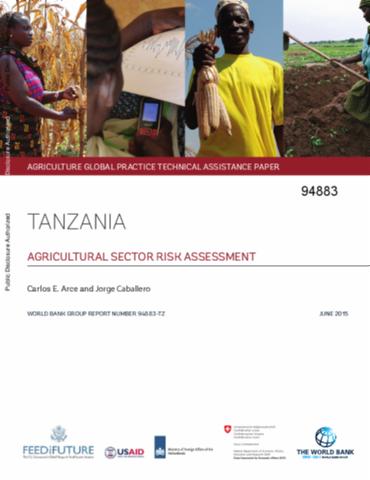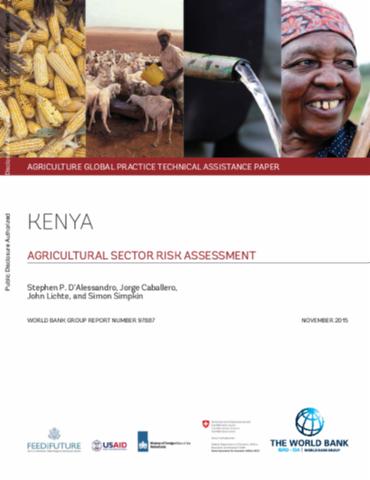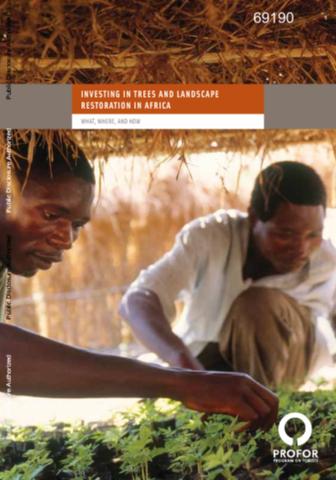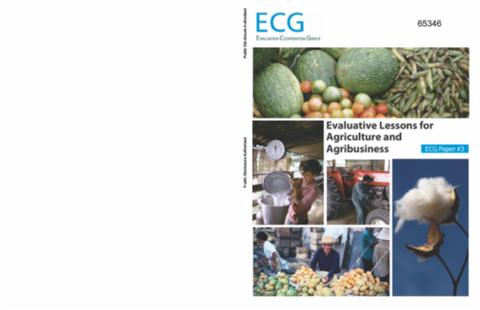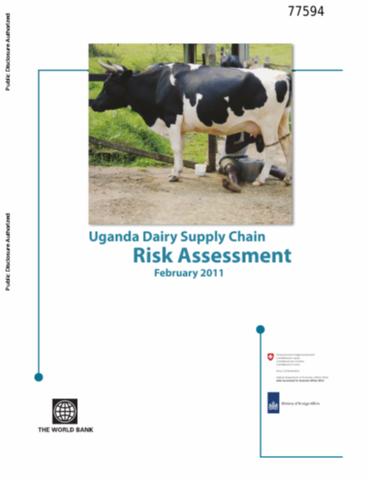Small holder farmers and organic agriculture in South Africa
This paper is a systematic review of published literature pertaining to organic agriculture in South Africa. The review gives an overview of the status of the organic sector in South Africa, in terms of both agriculture and market trends. The specific focus is on issues surrounding the development of smallholder farmers within the organic sector. The document includes three case studies of organic smallholder farming projects from around South Africa: the Heiveld Cooperative (Northern Cape), Ezemvelo Farmers’ Organisation (KwaZulu-Natal) and Siyavuna (KwaZulu-Natal).


